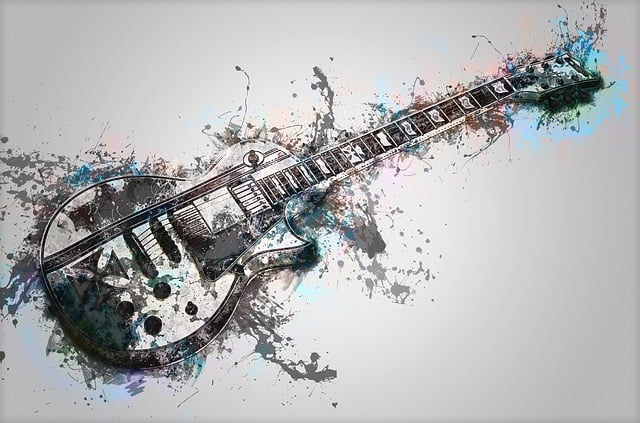Beastie Boys: A New York Hardcore Trio’s
From their early days as a rambunctious punk band to their groundbreaking fusion of hip-hop, punk, and rock, the Beastie Boys left an indelible mark on music history. Their evolution from rebellious youngsters to respected artists was a testament to their creativity, innovation, and enduring friendship.

The Early Years: A Punk Rock Beginning
The Beastie Boys’ story began in the vibrant punk rock scene of New York City in the late 1970s. Adam Horovitz (Ad-Rock), Adam Yauch (MCA), and Michael Diamond (Mike D) were high school students drawn to the raw energy and rebellious spirit of punk. They formed their first band, The Young Aborigines, in 1979, initially playing a mix of hardcore punk and art rock.
In the early 1980s, the band underwent a significant transformation, adopting the moniker the Beastie Boys and embracing hip-hop culture. Inspired by the emerging hip-hop scene in New York, they began rapping and incorporating elements of hip-hop into their music.
License to Ill: A Breakthrough into Mainstream Success
The Beastie Boys’ big break came with their 1986 debut album, “License to Ill.” The album, which featured the hit single “Fight for Your Right (To Party!),” catapulted the band into mainstream popularity. While the album’s juvenile humor and party anthem sensibility drew criticism from some, it undeniably cemented the Beastie Boys’ status as pioneers in hip-hop.
Paul’s Boutique: A Sampling Masterclass
Their sophomore album, “Paul’s Boutique,” released in 1989, marked a departure from their earlier party-centric approach. The album showcased the band’s newfound mastery of sampling, incorporating obscure and eclectic sounds into their music. “Paul’s Boutique” was a critical and commercial success, solidifying the Beastie Boys as respected artists in the hip-hop world.
Check Your Head: Expanding Their Musical Horizons
The Beastie Boys continued to push boundaries with their subsequent albums, “Check Your Head” (1992) and “Ill Communication” (1994). On “Check Your Head,” they delved into live instrumentation, incorporating elements of funk, reggae, and even Japanese psychedelic rock. “Ill Communication” further expanded their musical palette, incorporating elements of electronica and jazz.
Hello Nasty: A Cultural Phenomenon
Their most ambitious album, “Hello Nasty” (1998), was a tour de force of musical experimentation and genre-bending. The album featured a diverse range of sounds, from Afrobeat to dub to avant-garde jazz, showcasing the Beastie Boys’ eclectic taste and creative audacity.
Beyond Music: A Multifaceted Legacy
Beyond their musical achievements, the Beastie Boys were also known for their sartorial style, their playful and irreverent humor, and their entrepreneurial endeavors. They founded their own record label, Grand Royal, and created the fashion brand X-Large, further expanding their influence beyond the music industry.
Their impact extended beyond their own work as well. They were instrumental in popularizing hip-hop among white audiences, breaking down barriers and paving the way for future generations of artists. They also championed social causes, speaking out against environmental issues and promoting activism.
A Legacy of Innovation and Influence
The Beastie Boys’ legacy is one of innovation, creativity, and enduring influence. They helped shape the sound of hip-hop, pushing boundaries and expanding the genre’s possibilities. Their music continues to inspire and entertain fans worldwide, and their impact on popular culture is undeniable.
